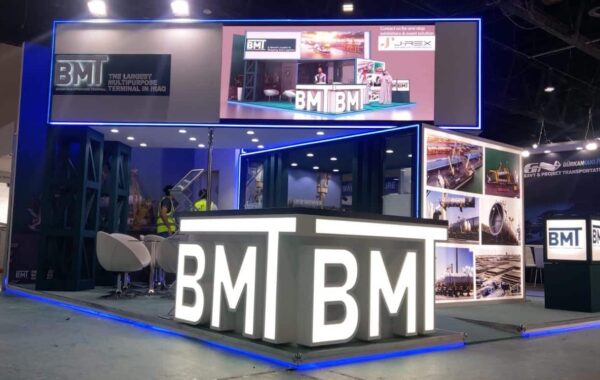In today’s fast-paced digital world, captivating audiences has become more challenging than ever. Yet, one timeless method remains consistently effective: visual storytelling. In the realm of exhibitions and displays, the art of visual storytelling is evolving rapidly to engage and inspire visitors. Join us as we explore the latest trends and techniques for designing tomorrow’s exhibitions today, paving the way for a brighter future in the world of captivating audiences.
- Understanding the Power of Visual Storytelling:
Visual storytelling transcends language barriers and taps into our innate human desire for narrative engagement. By combining compelling visuals with a well-crafted storyline, exhibitions can evoke emotions, communicate messages, and leave a lasting impact on visitors.
- Embracing Technological Advancements:
In the digital age, technology plays a pivotal role in visual storytelling. Augmented reality (AR), virtual reality (VR), and interactive displays have revolutionized the exhibition landscape. Integrating these technologies into exhibitions can provide immersive experiences that resonate with modern audiences.
- Personalization and Audience Engagement:
Tailoring exhibitions to individual preferences and interests is a growing trend. Through data analytics and AI-driven personalization, exhibitions can adapt in real-time, making each visitor’s experience unique and engaging.
- Sustainability and Eco-Friendly Design:
The future of exhibitions is green. Sustainable design and eco-friendly materials not only reduce environmental impact but also appeal to conscientious audiences. Incorporating sustainability into exhibition design is essential for a brighter and more responsible future.
- Storytelling Through Visual Design:
Effective visual storytelling relies on the synergy between content and design. Incorporating principles of graphic design, such as typography, color theory, and layout, can enhance the narrative impact of exhibitions.
- Multisensory Experiences:
Engaging multiple senses can create a memorable experience. Incorporating soundscapes, scents, and tactile elements into exhibitions can transport visitors to different worlds, making the storytelling experience more vivid and captivating.
- Inclusivity and Accessibility:
Designing exhibitions with inclusivity in mind ensures that all visitors can enjoy the experience, regardless of physical or cognitive limitations. Implementing accessible technologies and thoughtful design choices fosters a more inclusive and diverse audience.
- Collaboration and Cross-Disciplinary Teams:
Creating exceptional exhibitions often involves collaboration between professionals from various fields, including artists, designers, technologists, and content creators. Interdisciplinary teams can bring diverse perspectives and expertise to the table, resulting in innovative and captivating displays.
Conclusion:
The future of exhibitions is an exciting realm where visual storytelling reigns supreme. By embracing technology, sustainability, personalization, and inclusive design, we can create exhibitions that captivate audiences like never before. These trends and techniques are shaping tomorrow’s exhibitions today, ensuring a brighter and more engaging future for all who seek to inspire and connect through the art of storytelling. Stay tuned as we explore these concepts in greater depth, revealing the secrets to designing exhibitions that leave a lasting impression.




